Daffodils and tulips are much-loved spring flowers, to be sure. They are among the most common, well-known, and most popular of the fall-planted bulbs.
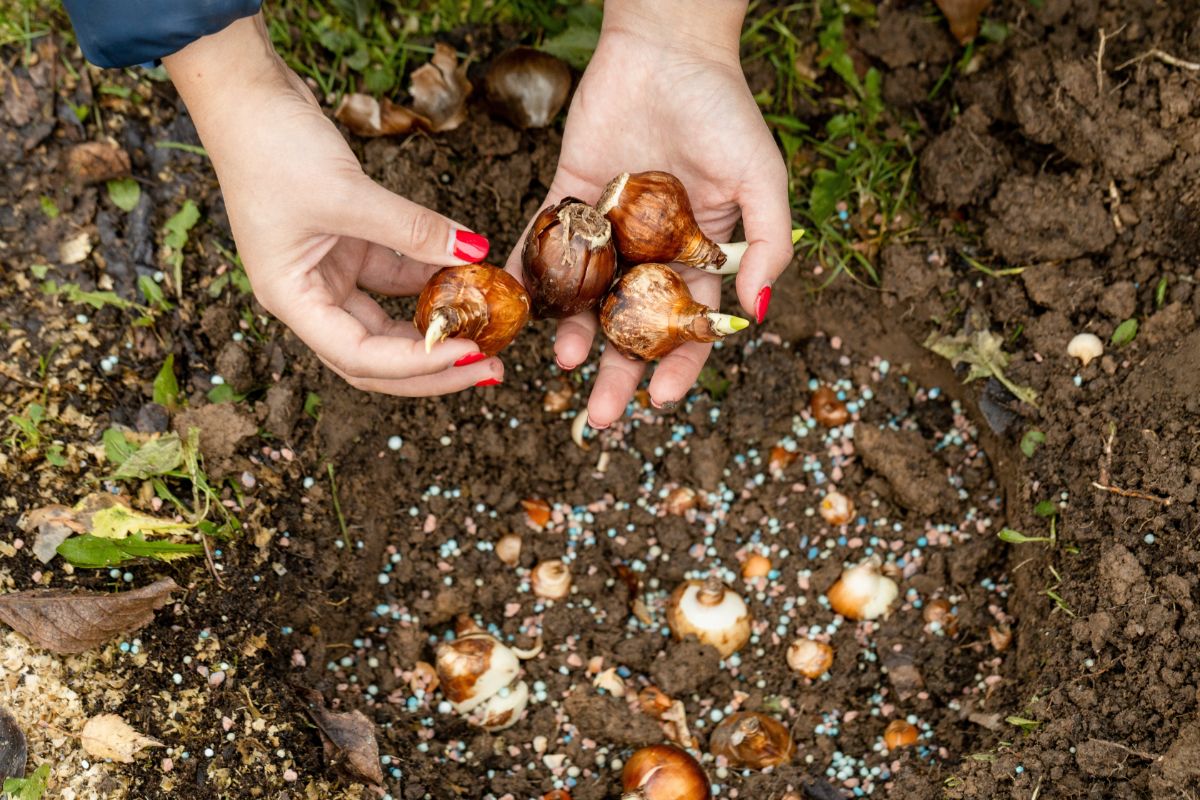
As much as we love our daffodils and tulips, there are other fall-planted bulbs that can (and should) be planted for spring flowering. Some of these are so early you may have flowers popping up while you still have melting snow on the ground!
If you’re looking for something more to add to your early spring flowers, consider planting these fall bulbs.
Jump to:
5 Other Bulbs to Plant in the Fall (Even in Late Fall!)
What else can you plant to round out (or replace) tulips and daffodils? What other options do you have for fall planting and early spring blooms?
Here are some to consider:
Dutch Irises
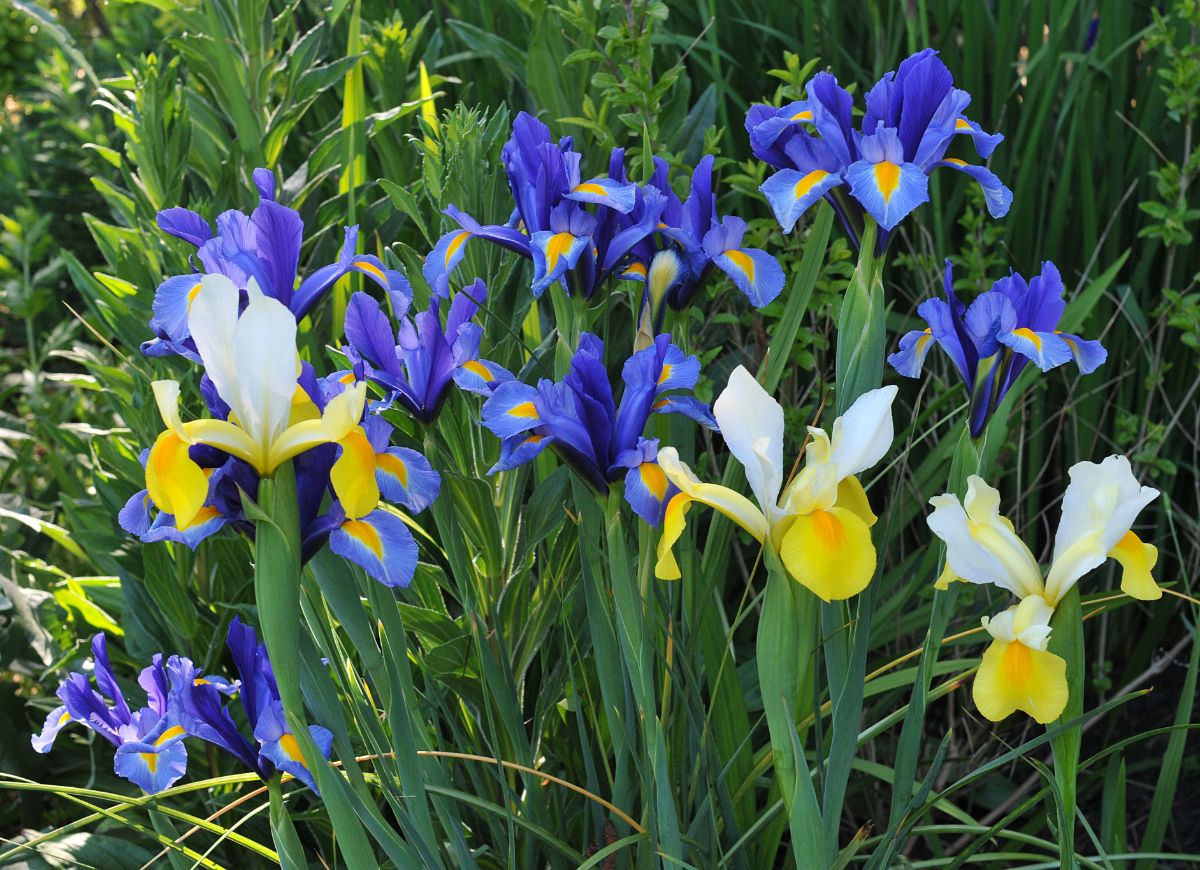
Dutch irises grow from a true bulb, not a rhizome or root-like Siberian irises and bearded irises do. Though they can be planted in the spring, it’s best to plant them in the fall because they bloom from early to late spring (depending on the variety).
Planting in the spring may delay their flowering or may mean you don’t see blooms in the first year.
Dutch irises come in standard or tall and dwarf sizes. Dwarf Dutch irises bloom early, around the same time as crocuses bloom. Tall varieties bloom with alliums, and late-blooming tulip varieties.
- There are several colors of Dutch irises to choose from or to mix and match.
- Colors range from white to purple, blue, magenta/red, and yellow.
- Other iris varieties can be planted in the fall, too, including bearded and sweet iris varieties.
Fritillaria
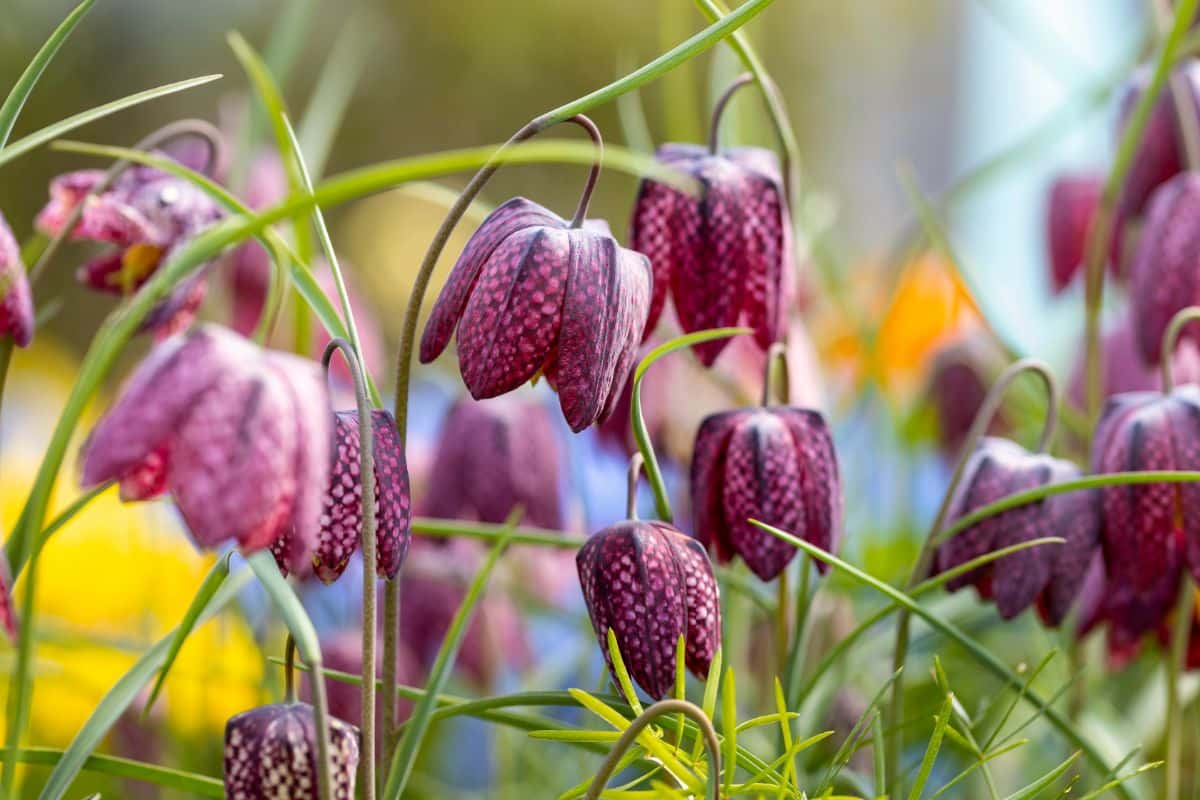
Fritillaria are characterized by bell-shaped flowers that hang down from the stalks. Some varieties have flowers that bloom in rows up the stalk (similar to a stalk of lupine), while others have a more tropical look with several bells hanging in a cluster from a central point around the top of the stalk.
- Most fritillaria are tall flowers growing to a height of three feet or more.
- There are numerous color varieties of fritillaria and blossoms with interesting checkered patterns, too.
Alliums
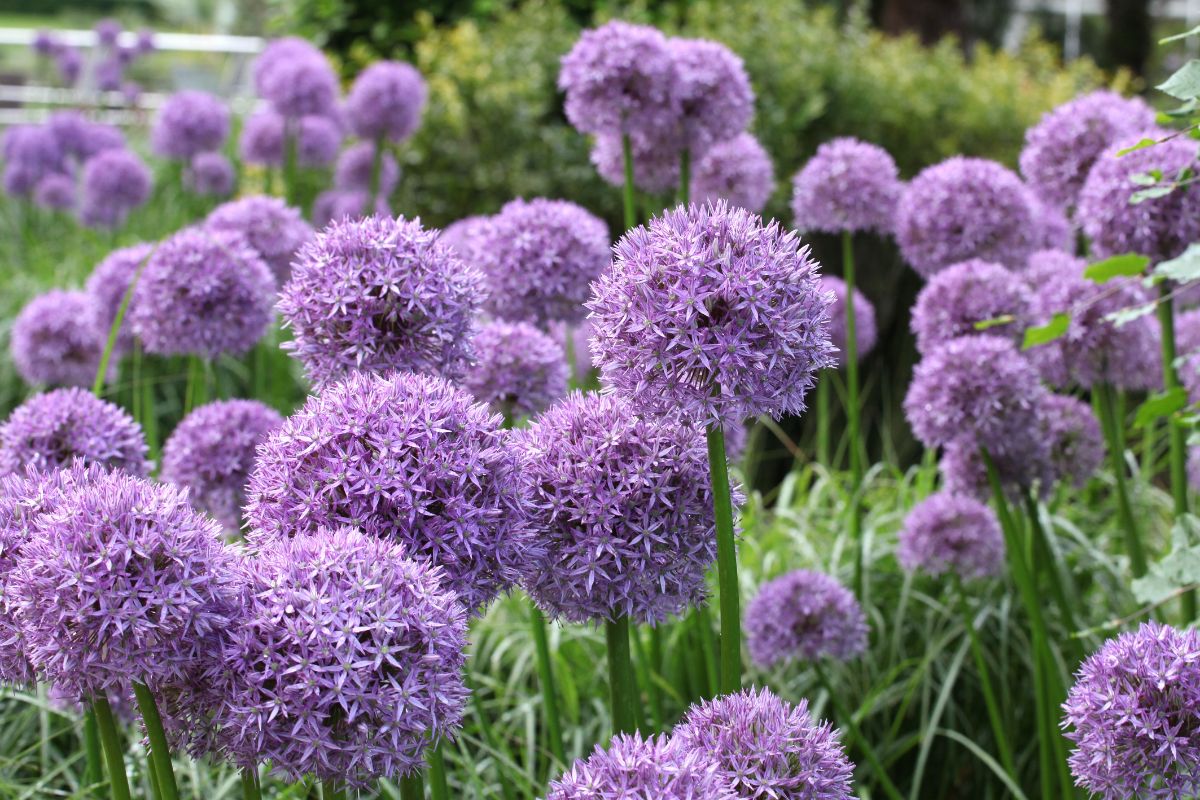
If it’s pollinators like bees, butterflies, and hummingbirds you want, it’s alliums you should plant. Deer and pesty insects find the flowers off-putting, which makes them an ideal companion plant for flower beds and vegetable gardens. Honeybees and other pollinators will flock to them in droves, though.
Alliums come in a few colors, with the most common being white or purple. Most have round, globe-like blossoms that are made up of many tiny flowers. Even after the flowers fade, the seed heads hold color and, in themselves, are quite striking.
Alliums mix with all manner of flowers and are a nice complement in all sorts of mixed beds and plantings. They range in size from small dwarf varieties to large giant varieties that are several feet tall.
- Alliums are later flowering spring bulbs.
- They help bridge the gap in flowering that is left between the early bloomers, including daffodils and tulips, and when the flowers of summer start to burst.
- Use them to fill a gap between blossoms or to complement other summer flowering bulbs, perennials, and annuals like lilies, sweet William, alyssum, foxglove, and more.
Scilla
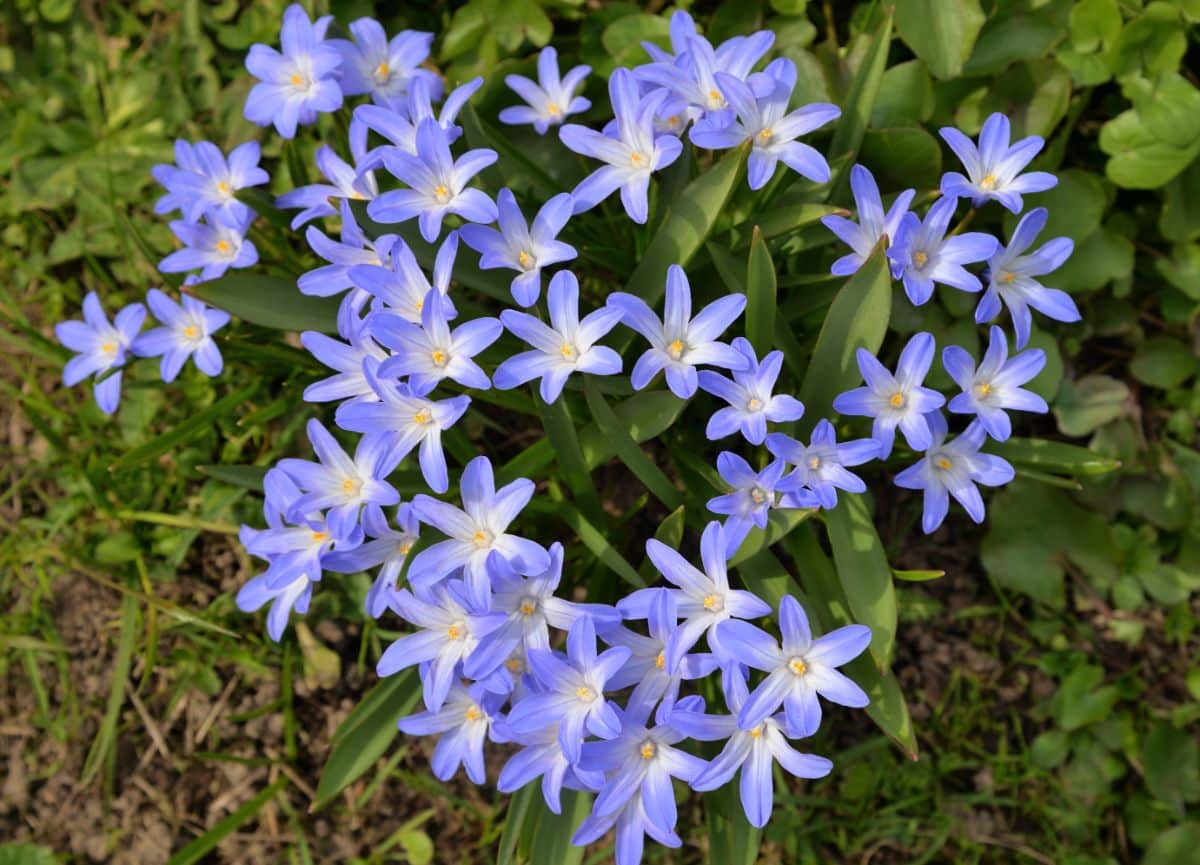
Scilla, also known as squill, are small, hardy bell-like flowering bulbs. They are often used in woodland-type planting because they naturalize well under trees. They grow nicely in spots where grass may struggle.
Scilla can be used as a ground cover in difficult and shady spaces, too.
- Squill flower in early to mid-spring, depending on the variety.
- They mix well with other early to mid-spring blooming flowers, including crocuses, daffodils, and hyacinths.
- Common colors are white, pink, and purple.
Lilies
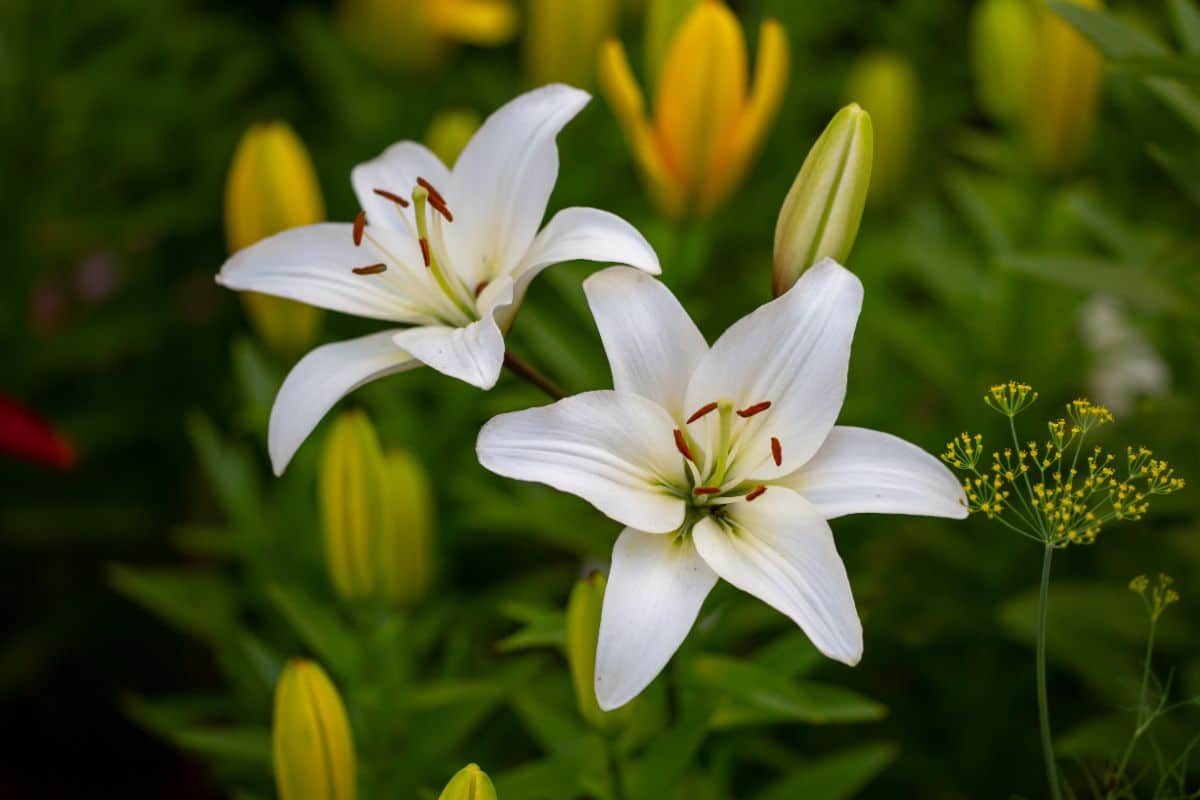
Lily bulbs are technically tubers because they lack the papery coat of true bulbs, but just the same, lilies are a classic, hardy flower that can and should be planted in the fall.
As bulb expert Breck’s puts it, “Essentially, you can plant your new lilies any time before the ground freezes.” (This is true of all the bulbs on this list.)
Fall is a good time to plant lilies because the ground tends to have and hold more moisture then, and it’s important that lilies don’t dry out. (Lilies do need good drainage, though, and should not be in heavy soils that hold too much water.)
They also never go completely dormant, so by planting them in the fall, you’re giving them plenty of time to get established, and you’ll have them growing in the ground earlier in the spring than you could possibly plant them.
It’s no surprise that there is a wide variety of lilies out there, and colors span a large portion of the rainbow.
- There are literally thousands of varieties and hybrids of lilies.
- You can get a continuous bloom of flowering lilies in your bed by selecting and planting several varieties that blossom at different times.
- With the right varieties, you can have lilies blooming from early summer straight through fall.
Some Other Spring Flowering Favorites to Consider and Unique Varieties of Old Stand-Bys
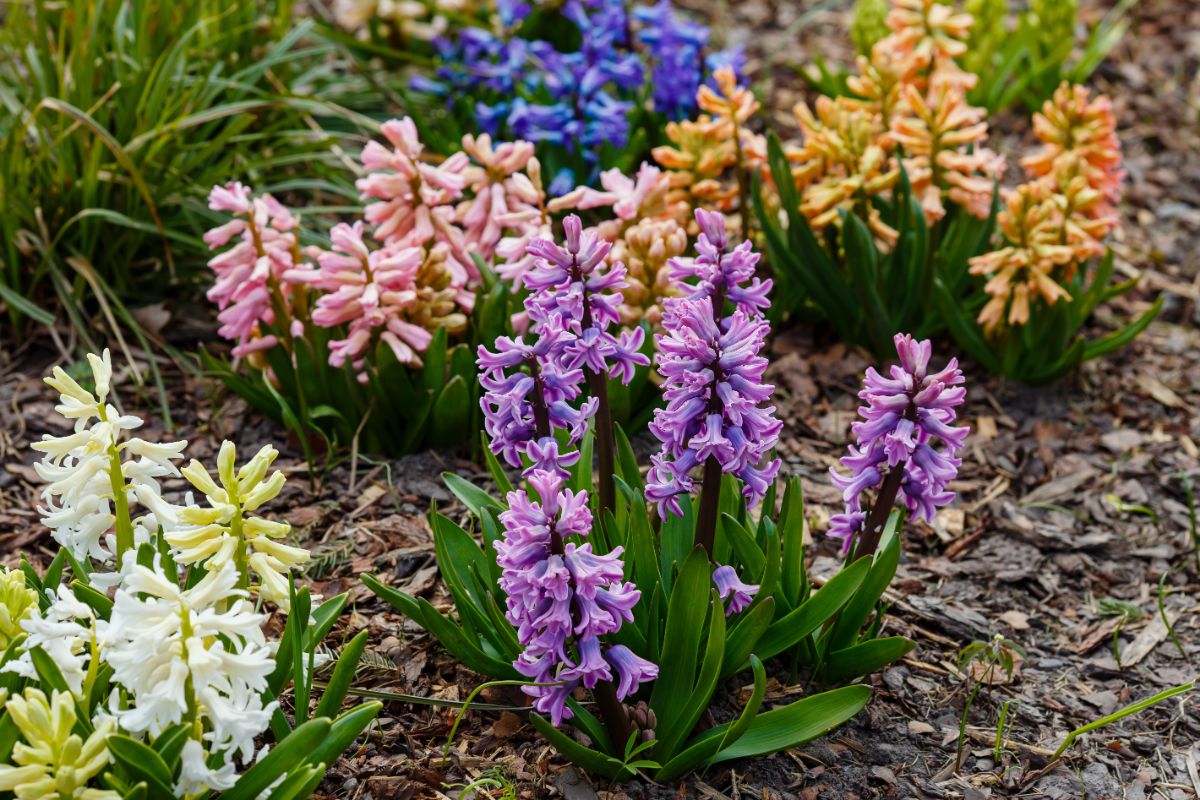
Other fall-planted spring bulbs that are almost as popular as tulips and daffodils include snowdrops, crocuses, hyacinths, and grape hyacinths (or muscari). These are all early bloomers that will help pull you out of your winter slump—colorful blooms just when you need them most!
As you look for new and interesting fall bulbs to plant for an upgraded spring show, don’t count the old stand-bys like daffodils and tulips out, either. There are so many new colors and hybrids of these old classics that some are almost like looking at a completely new flower.
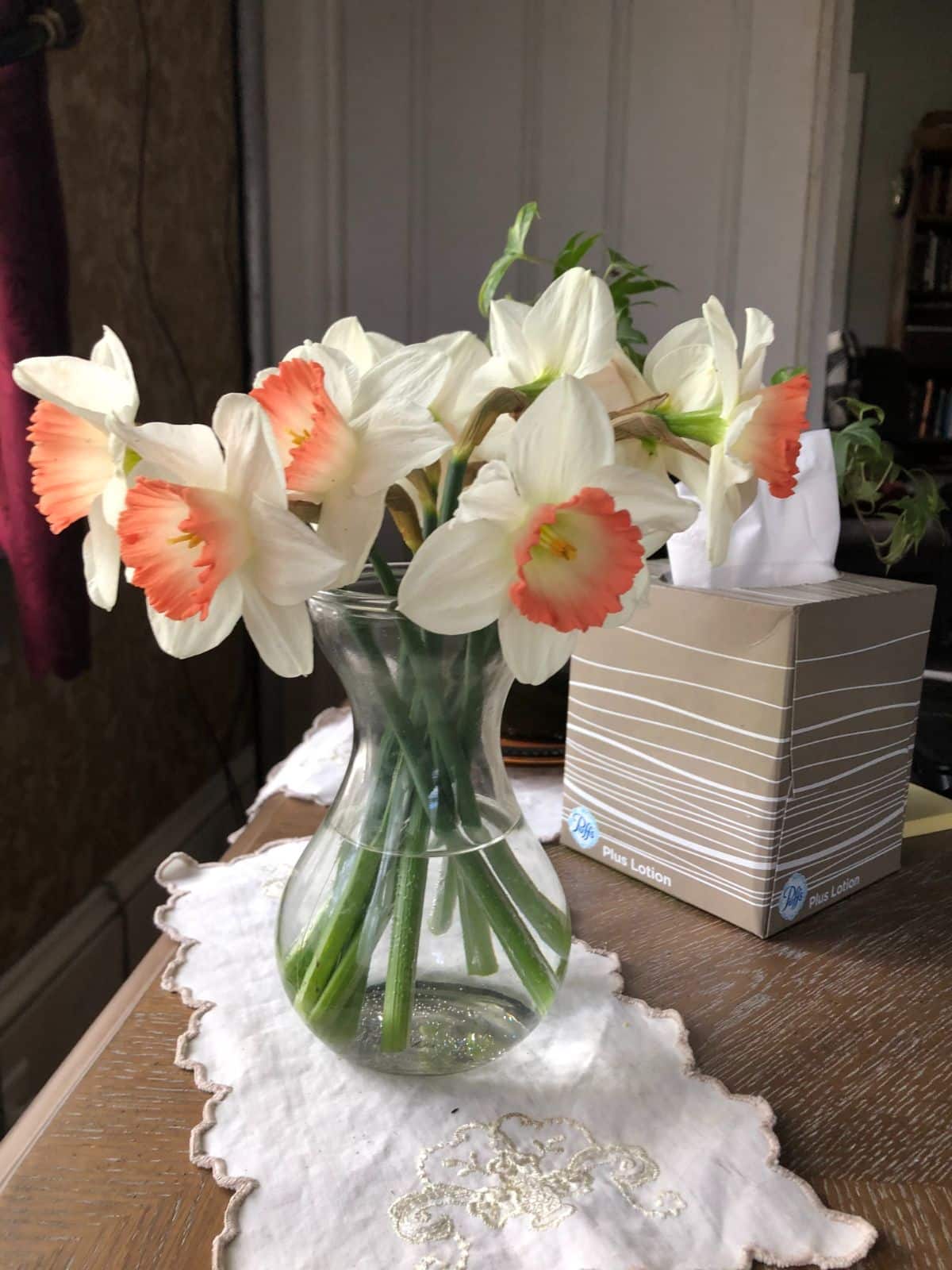
Certainly, you can achieve interest and color variety while working within these hardy favorites, too.
Take a look online or see what your local garden store has to offer.
- There are white daffodils, double-blossomed daffodils, pink daffodils, daffodils with pink and coral centers, lush daffodils with vibrant reds mixed in with the yellow...and this is just to name a few.
- You can also find daffodils in a variety of sizes, from miniature and dwarf to standard-sized flowers.
- Tulips come in some gorgeous, doubled blooms and peony tulips that you almost wouldn’t know were not peonies—but that blossom much earlier! And all of these are in a wide variety of colors, from blush pinks to vibrant reds and yellows.
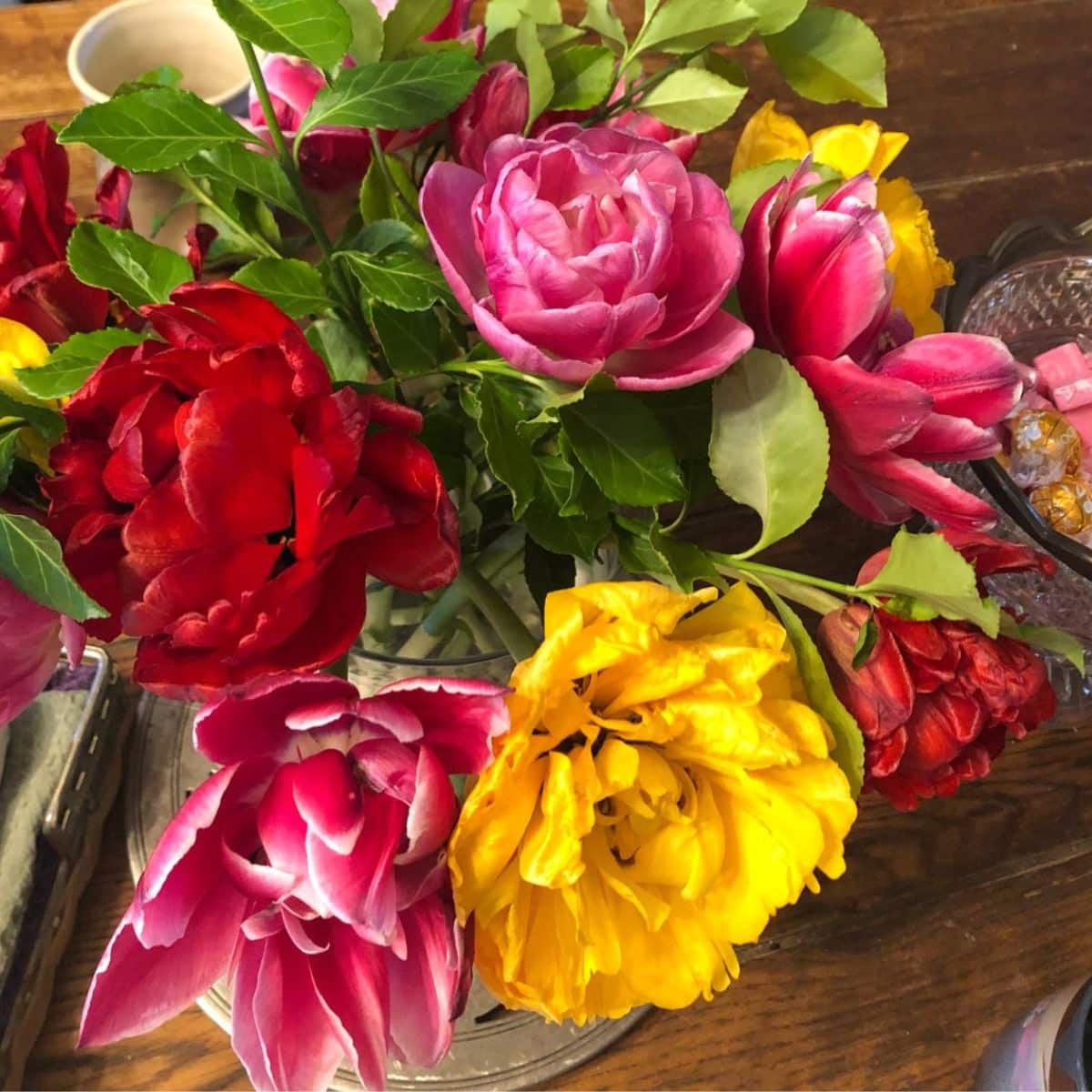
To be sure, even the old classics that you might think you’re tired of have a lot to look at.
How Late is Too Late for Planting Fall Bulbs?

If we’re following the letter of the fall bulb planting law, we have to say to plant your bulbs four to six weeks before you expect frost. Really, though, if your soil is not frozen and it's still workable, you can put those fall bulbs in the ground.
Yes, you’re taking a bit of a risk, and there is more of a chance that some of the bulbs will rot or fail, but these are winter-hardy, cold-tolerant bulbs that rely on winter weather for them to bloom. You’re sure to see some good success as long as the bulbs you’re starting with are in good condition.
Besides that, if it’s a bit late in the season, you’re bound to see some good sales and discounts on the bulbs that are left!
If you’ve got ‘em, plant ‘em because even if you’re late getting them in the ground, those bulbs won't survive out of it for another year. Bulbs that don’t get planted will just dry out, and they’ll be no good for planting next season, anyway.
Fall-Planted Bulbs Let You Get Ahead and Enjoy Earlier Blooms
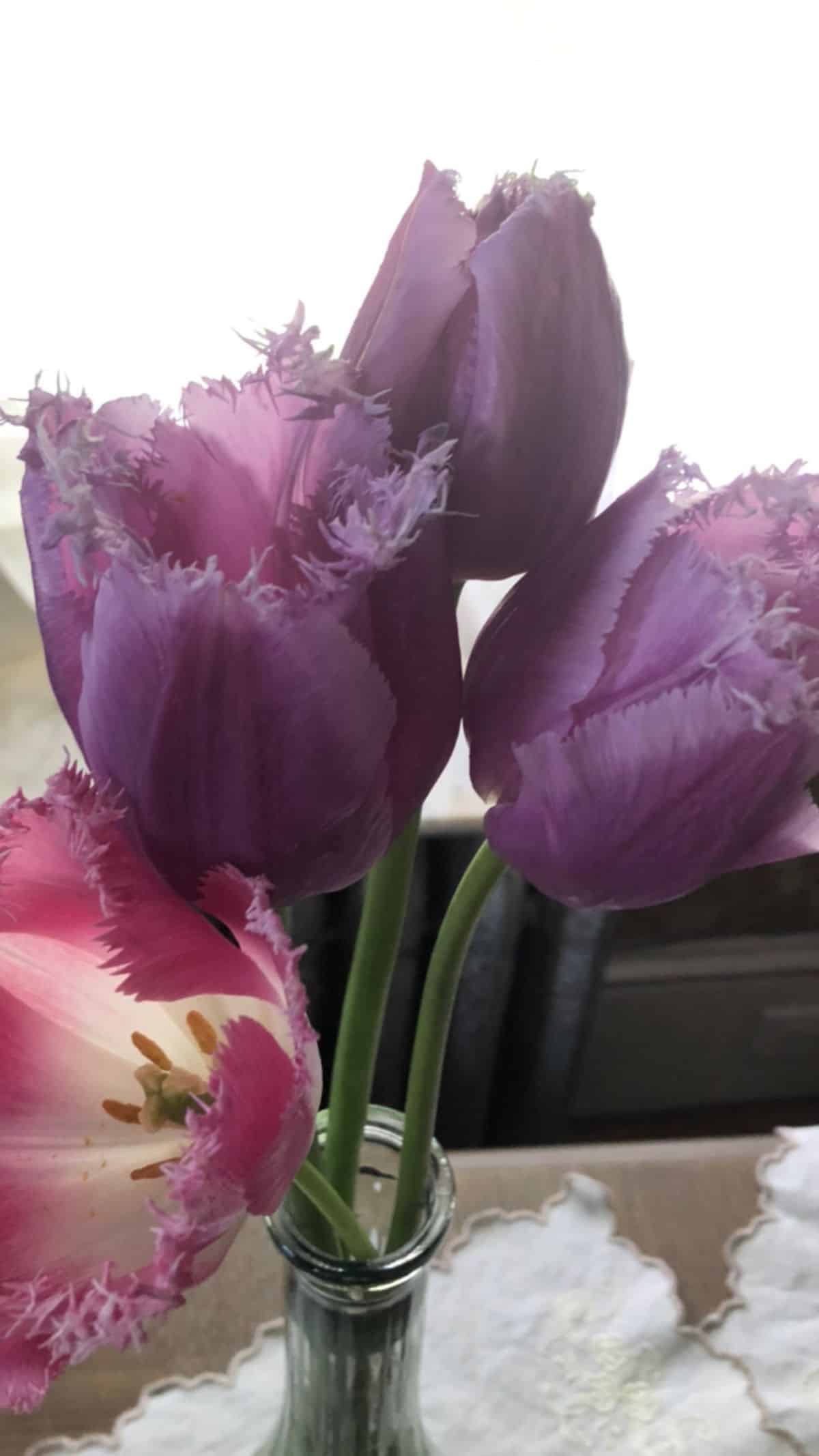
Though your gardening season may be winding down in the fall, this is prime time for planting for spring. By planting spring flowering bulbs in the fall, you’ll give them time to establish. You’ll give them the temperature and time for the vernalization they need to produce beautiful, bright, and colorful flowers in the springtime.
Those spring flowers will be just the ticket to wipe away those winter blues!


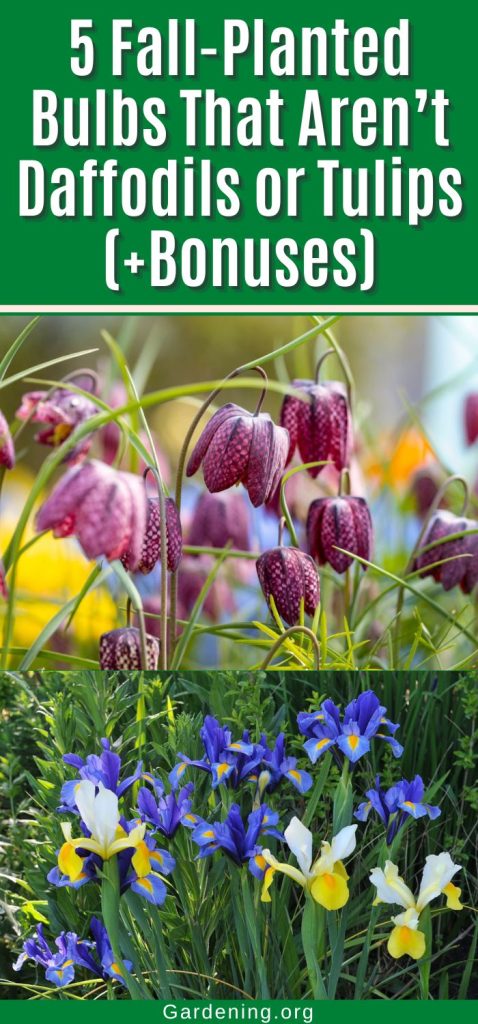
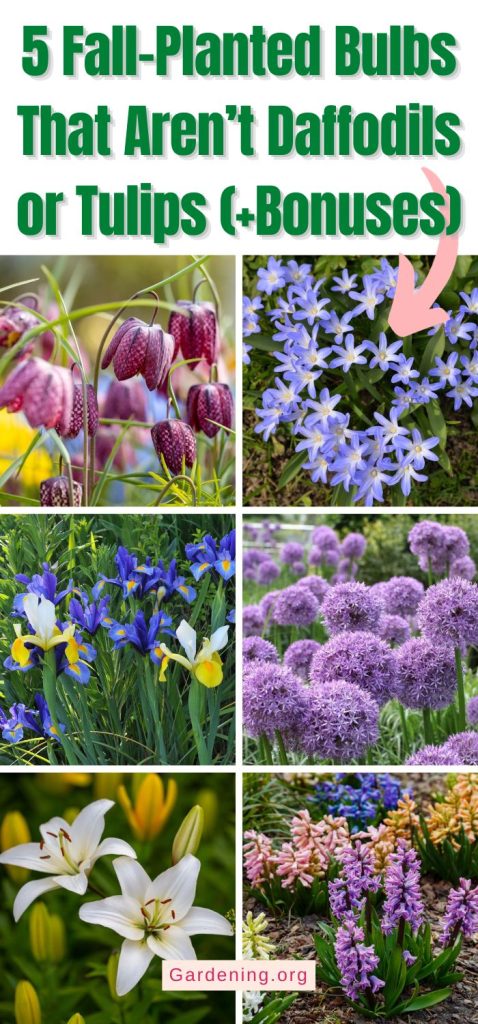
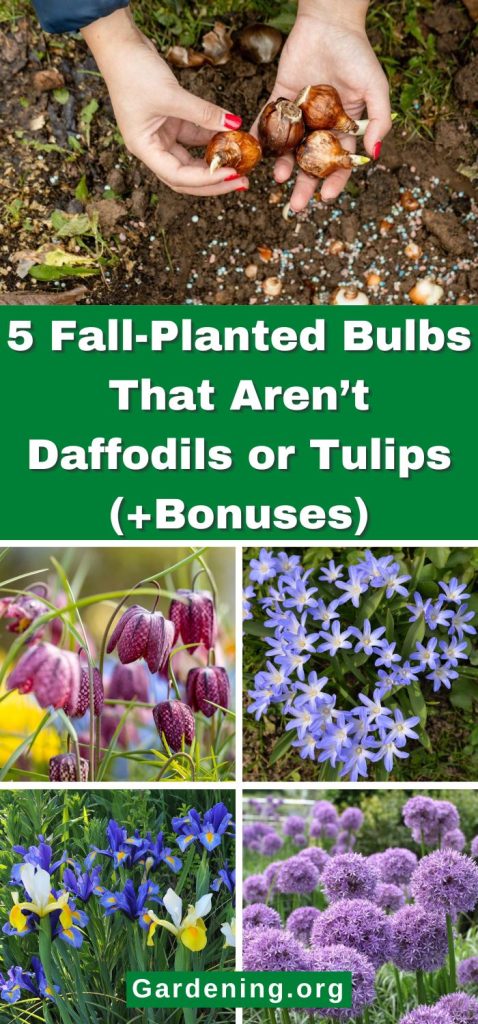

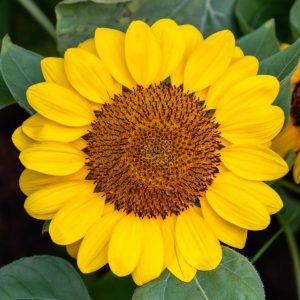
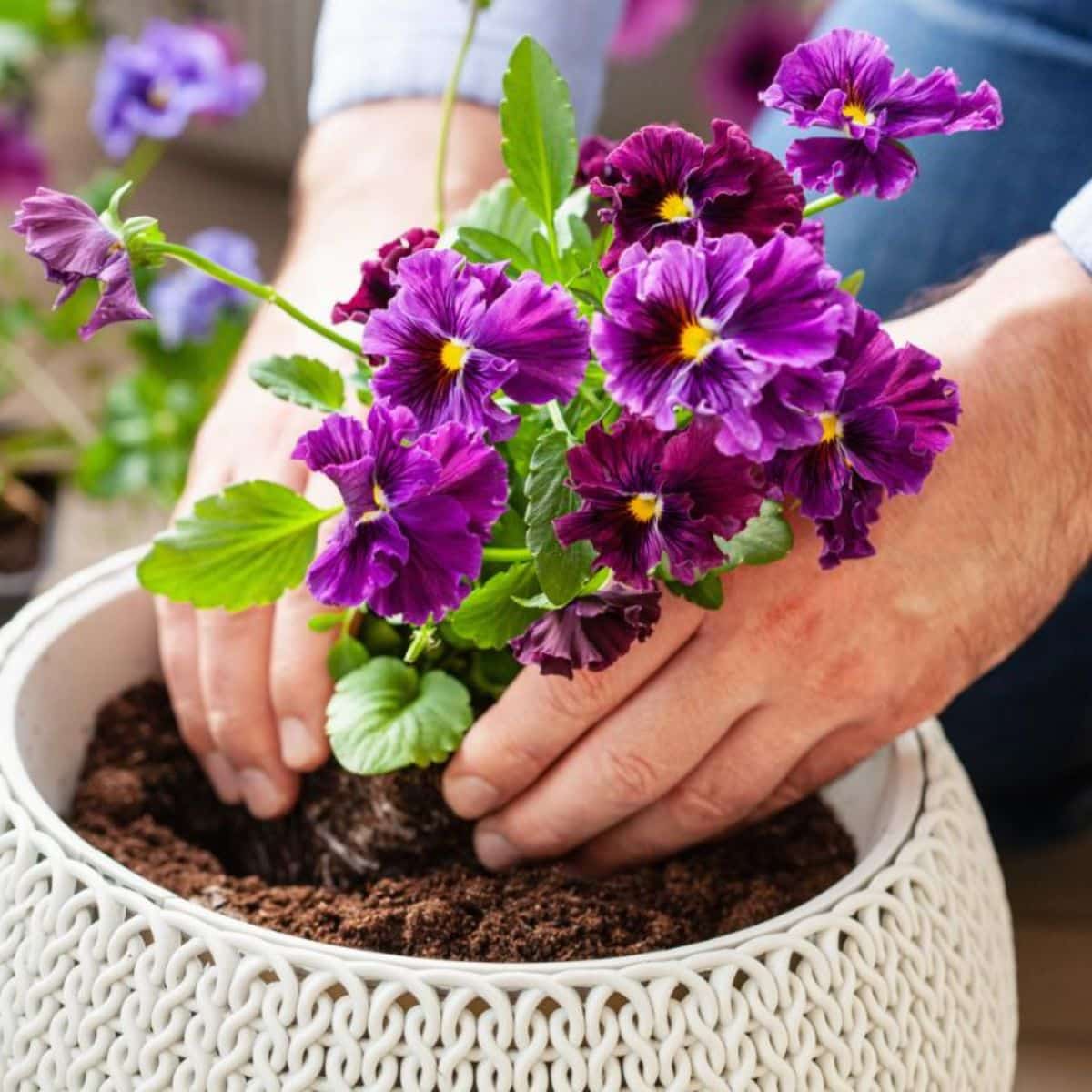
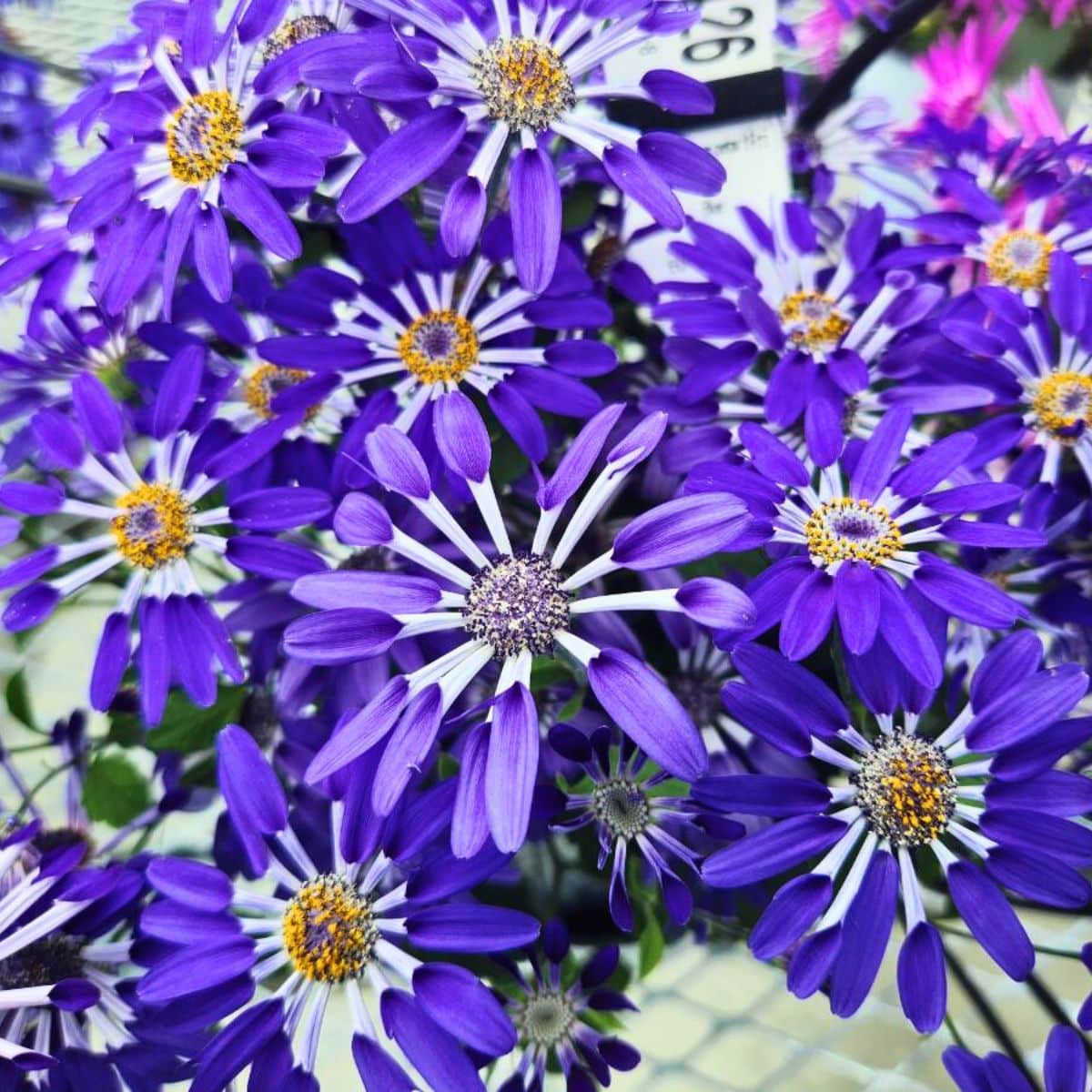
Leave a Reply